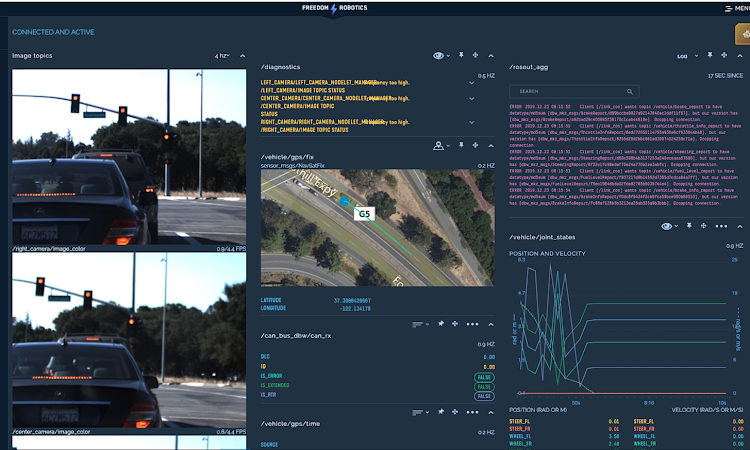People were allowed to play a game of blackjack on a computer and the data was segmented into elements such as the time they were thinking about what to do, the time just after they did a hit and if it was a correct decision.
In addition, a measure of their positivity and negativity was recorded using the EEG and other sensors (Benchmarked against the IAPS and other university image sets) to measure emotions in real-time.
The outcome is really interesting because people's biggest emotions actually happen well before they click the button for each play.
We love to hit... even if it is wrong.
Below shows the emotional response (With error bars) on the response when someone chooses to hit or stand. People have a positive emotional response to hitting whereas they have a negative response when they decide they have to stop. Hence why it is so hard for people to stop gambling... or playing video games. Just... one... more... time.What is really interesting is that this graph is the data from the second before they make their decision. What this means is that we can almost perfectly predict their outcome before it even happens.

We don't want to lose... but don't get a huge high off winning
It turns out that the anticipation of success or failure is much higher than the actual outcome. In this case, people have a negative response to losing, but it is only half as large as when they have to stand.
When they win, they have almost no emotionally positive response - as if it is the expected and ok outcome.

We still play when we know it is wrong...
This was a fascinating outcome we found. "Sub-optimal" choices below are ones where it was clear the player was going to lose and optimal ones were ones where it was pretty clear it was a good decision (Based on the cards on the table).
The data is for the second before they actually make the decision and click. It shows that people feel the hesitation (correctly) on making sub-optimal moves, even if they decide to make them. Looking at the error bars, the response is all over the place for them.
When people make an optimal play, they have a fully positive response beforehand.




